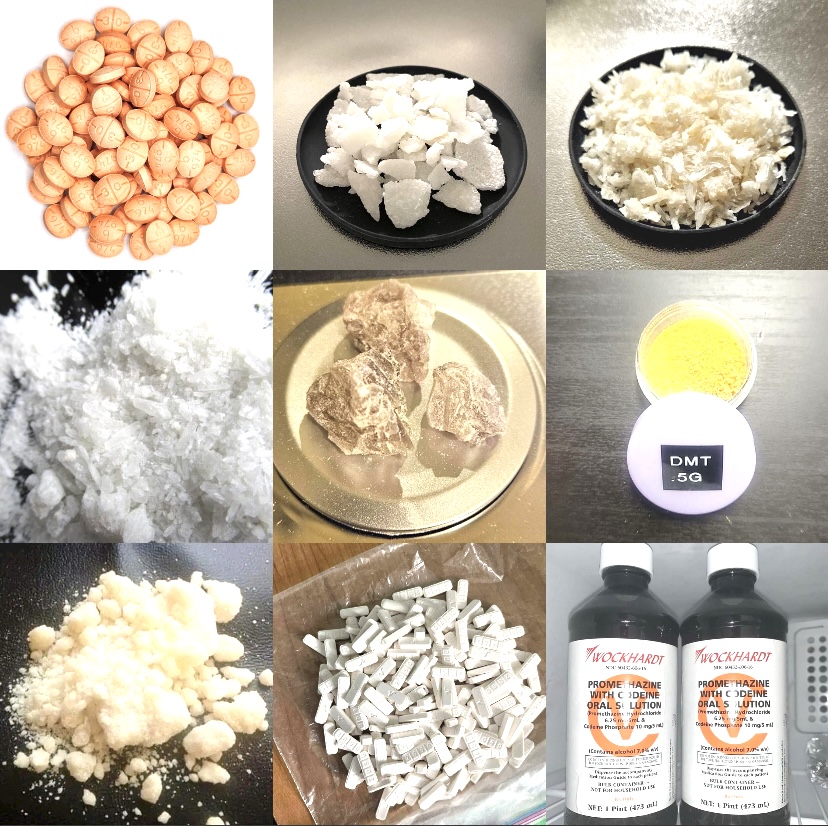Currently Empty: $0.00

Vicodin, Vicodin is a well-known prescription medication used primarily for pain relief. It combines two key components to provide effective analgesia: hydrocodone, an opioid, and acetaminophen, a non-opioid pain reliever. Despite its effectiveness, Vicodin carries risks and potential for misuse, making it essential to understand its uses, side effects, and safer alternatives.
What is Vicodin?
Vicodin is a brand name for a combination medication that contains:
- Hydrocodone: An opioid analgesic that works by altering the way the brain and nervous system respond to pain. It is effective in treating moderate to severe pain but carries a risk of addiction and dependence.
- Acetaminophen: A non-opioid pain reliever and fever reducer. It helps to enhance the pain-relieving effects of hydrocodone and can also address minor aches and pains.
Common Uses of Vicodin
Vicodin is prescribed for various pain management scenarios, including:
- Post-Surgical Pain: It is often used for short-term relief following surgeries or dental procedures.
- Injury Pain: Effective in managing pain resulting from injuries or trauma.
- Chronic Pain Conditions: Sometimes used for managing chronic pain, although other long-term strategies may be preferred for ongoing pain management.
How Vicodin Works
Vicodin combines hydrocodone and acetaminophen to provide pain relief through different mechanisms:
- Hydrocodone: Works on the central nervous system to block pain signals. It binds to opioid receptors in the brain, reducing the perception of pain.
- Acetaminophen: Works primarily in the brain to reduce pain and fever. It is not classified as an anti-inflammatory but helps to alleviate discomfort and enhance the overall effect of hydrocodone.
Risks and Side Effects
While Vicodin can be effective for pain relief, it also carries several risks and side effects:
- Addiction and Dependence: Hydrocodone, being an opioid, has a potential for abuse and addiction. Prolonged use can lead to physical dependence, where the body becomes reliant on the drug to function normally.
- Side Effects: Common side effects include dizziness, drowsiness, constipation, nausea, and vomiting. These effects can impact daily activities and quality of life.
- Overdose Risk: Taking high doses of Vicodin or combining it with other substances, especially alcohol or other central nervous system depressants, can lead to severe respiratory depression or overdose, which can be fatal.
- Liver Damage: Acetaminophen, when taken in excessive amounts, can cause liver damage. It is crucial to adhere to prescribed dosages to avoid harming the liver.
Safer Alternatives
For managing pain, there are several alternatives to Vicodin that might be considered, depending on the nature and severity of the pain:
- Non-Opioid Pain Relievers: Medications such as ibuprofen or naproxen (NSAIDs) can be effective for mild to moderate pain and have a lower risk of addiction compared to opioids.
- Physical Therapy: Engaging in physical therapy or exercises can help manage chronic pain and improve function without relying on medications.
- Other Prescription Medications: In some cases, other types of prescription pain relievers or medications, including certain antidepressants or anticonvulsants, may be prescribed based on the underlying condition causing the pain.
- Alternative Therapies: Techniques such as acupuncture, massage therapy, or mindfulness practices can also be beneficial for managing pain.
Conclusion
Vicodin is a powerful medication that can provide significant relief for moderate to severe pain. However, its use comes with risks, particularly concerning addiction, side effects, and potential for overdose. It is essential to use Vicodin only as prescribed by a healthcare provider and to explore safer alternatives for long-term pain management.
If you have concerns about Vicodin or are seeking alternative pain relief options, consult with your healthcare provider. They can offer personalized advice and help you find the most appropriate treatment for your needs, ensuring effective and safe management of your pain.


